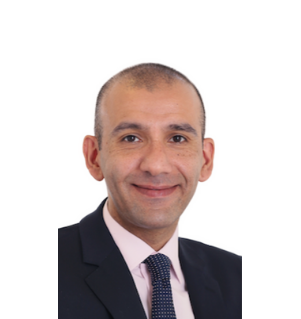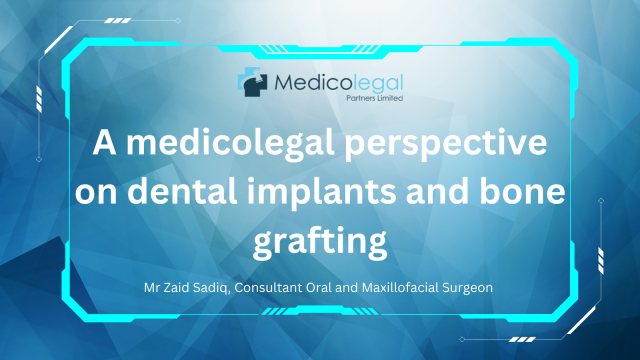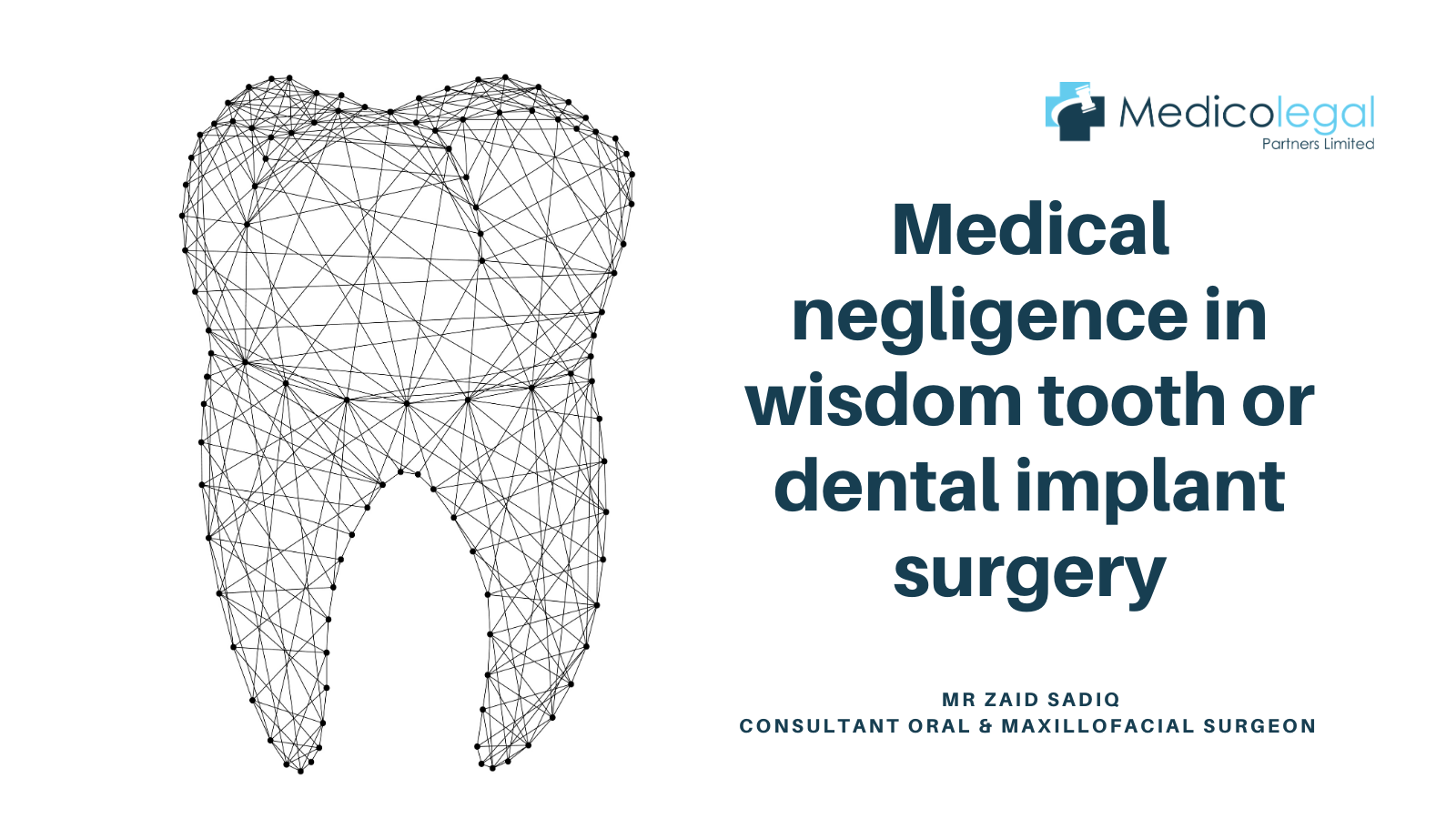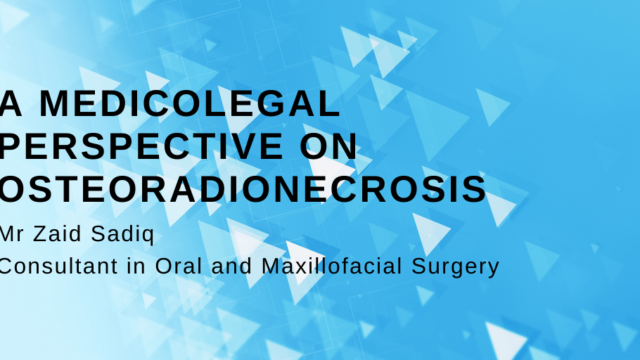A Medicolegal Perspective on the Choice of Bone Graft Material for Dental Implants

Dental implants are now commonly used in patients with missing teeth, giving both functional and aesthetic improvements. However, loss of one or more teeth can lead to resorption of the alveolar ridge, particularly when the loss occurred some time ago. Bone loss may also occur due to trauma or disease. This can compromise the ideal placement of dental implants and increase the risk of implant failure. Therefore, where bone volume is insufficient, augmentation through the use of bone grafting techniques can lead to better outcomes.
Several different types of bone graft material are available to the surgeon, and all have their advantages and disadvantages. There are often specific indications for the use of a particular graft type, depending on the circumstance of the individual patient, although these are not universally agreed, and the wrong choice may influence the outcome of the subsequent implant. Bone graft materials essentially function as a scaffold which provides a stable space in which osteogenic (bone-producing) cells can proliferate. The host response to the scaffold is a major determining factor in the success of the graft. Currently available graft materials are classified as autogenous, allografts, xenografts and alloplastic materials.
Autogenous grafts are those in which bone is harvested from the patient being treated. Currently, this type of graft is viewed by some as the gold standard, as the grafts are biologically identical to the recipient and it is the only graft material that inherently contains osteogenic cells within the bone matrix. Thus, autogenous grafts theoretically have a higher potential for bone formation than other materials. In reality, many of the osteogenic cells do not survive the bone grafting process and the benefit of autogenous grafts may be limited to favourable recipient conditions.
Autogenous grafts may be harvested from intraoral sites, such as the mandibular symphysis or the ramus region of the mandible. However, where a larger volume of bone is required, it may be taken from other locations on the body, most commonly the hip.
A major disadvantage of autogenous grafts is the need for a second surgical site for harvesting, and the morbidity associated with this, which includes pain, infection, sensory disturbance and alterations in function. This appears to be more of a problem following harvesting from the iliac crest (hip) than from intraoral sites. Other disadvantages include a potentially high level of bone resorption during the healing process, a limitation in the quantity of bone available, particularly from intraoral sites, and higher costs associated with patient care.
Allografts, which are grafts between genetically dissimilar members of the same species, consist of human bone taken from cadavers or bone banks. They may be used alone, or as an expander for an autogenously harvested graft. In common with other autogenous graft substitutes, they eliminate the complications associated with harvesting sites and are also available in larger quantities than most autogenous grafts. However, bone formation can be unpredictable. There is also a theoretical possibility of disease transmission to the recipient, which may be of particular concern to patients with certain comorbidities such as immunosuppressive diseases.
Xenografts, which originate from species other than humans, are usually formed from bovine bone-derived materials which have been de-proteinised, either by chemical or thermal means. This process is essential to remove the antigenicity of xenograft bone substitutes, but it often destroys the arrangement of collagen fibrils within the bone. Therefore, osteoblast attachment and matrix mineralisation at the recipient site may be compromised. Despite this, the potential for replacement with host bone remains an important advantage of xenografts.
There are a number of natural and synthetic alloplastic grafting materials available, including ceramics and hydroxyapatite. All of them utilize calcium sulphate or calcium phosphate compounds, due to their chemical and physical resemblance to bone mineral and high biocompatibility. However, graft performance can be affected by the precise compound used. One major advantage of alloplastic grafts is availability in potentially unlimited quantities at a reasonable cost. They also eliminate the risk of disease transmission and donor site morbidity.
In the future, it is likely that bone augmentation procedures will employ molecular, cellular and genetic engineering techniques. For example, certain components of the transforming growth factor family could be used to preserve the alveolar ridge. Alternatively, the addition of platelet-rich plasma, obtained from the patient’s own blood, to the grafting material could lead to more rapid and dense bone formation than currently seen with autogenous grafts. Finally, the development of short dental implants may eliminate the need for extensive bone grafting in the future. Although there is limited long-term information available, success rates appear to be similar to implants in grafted sites but without the associated morbidity and possible complications of grafting.
Further reading:
Goyal S, Masood M, Le C, Rajendran Y, Nanjapa S, Vaderhobli R. Comparative Bone Graft Evaluation for Dental Implant Success: An Evidence-Based Review. J Long Term Eff Med Implants. 2021;31(3):33-44.
McKenna GJ, Gjengedal H, Harkin J, Holland N, Moore C, Srinivasan M. Effect of Autogenous Bone Graft Site on Dental Implant Survival and Donor Site Complications: A Systematic Review and Meta-Analysis. J Evid Based Dent Pract. 2022 Sep;22(3):101731.




